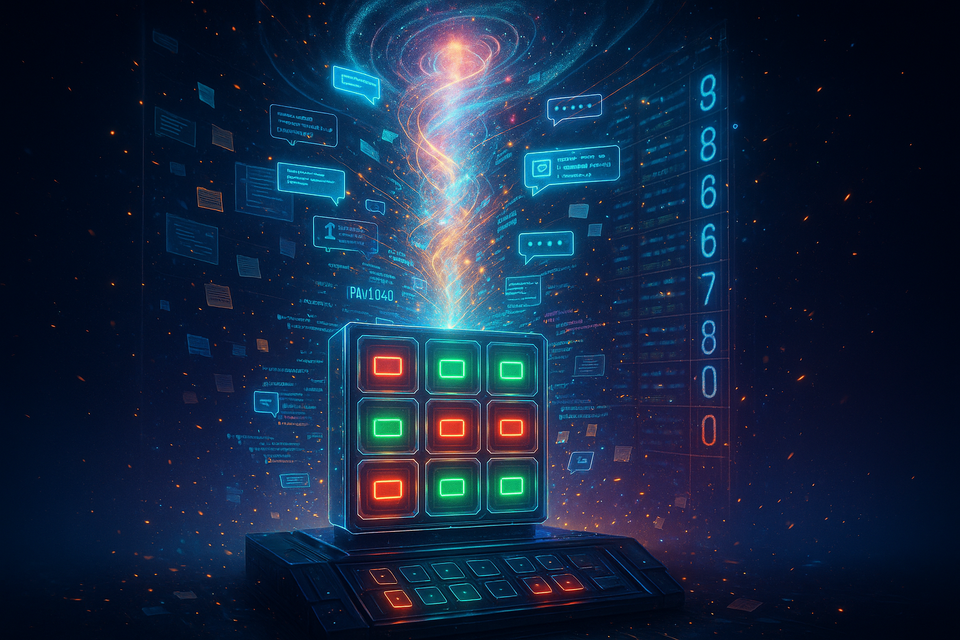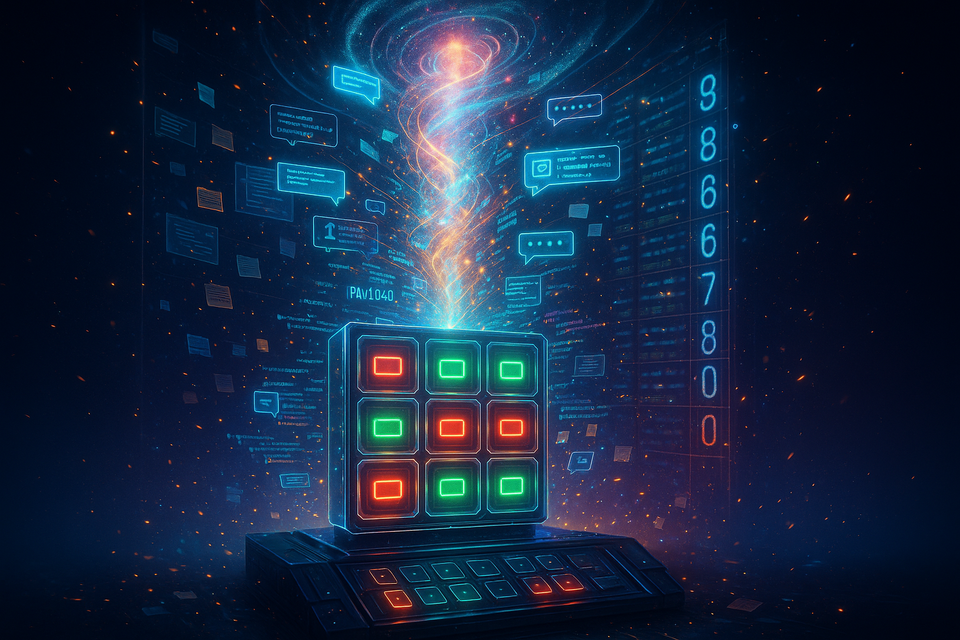AI for Everyone (1): What is an LLM?

ภาษาอื่น / Other language: English · ไทย
This series began from a Facebook post, because I noticed that many people still don’t really understand what AI is, or how it differs from ChatGPT. Some older people even thought we were chatting with a real human!
I’ve updated the content slightly to make it more current — we’re now in the era of GPT-5, not GPT-4. Simply reposting the old version to the blog might feel outdated.
So let me explain like this…
From Traditional Computers → to the Age of AI
In the past, traditional computers worked in a fixed way: whatever we programmed in, that’s what we got out. Think of a calculator — it always gives the same answers.
But now we’ve entered the age of AI, which doesn’t rely only on hard-coded instructions but instead on training. It’s like teaching a child: if you show them many pictures of dogs, they eventually understand what a dog is. No one programmed a rule like “if the face looks like this, then it’s a dog” — they recognize it from seeing many examples.
This is similar to the work of researcher Fei-Fei Li, who created the ImageNet database in 2006 — a massive collection of over 14 million labeled images.
What is an LLM?
An LLM (Large Language Model) is a type of AI that specializes in language.
Examples include ChatGPT, Claude, Gemini, DeepSeek, Grok.
LLMs are particularly good at working with text: they can help write documents, answer questions, summarize passages, translate content, and even generate code.
Example: If I type “write me a leave request email”, the LLM will produce a polite, appropriate draft because it has seen countless examples of similar emails in its training data.
Of course, there are limitations. For instance, LLMs usually don’t know current events right away. When GPT-5 was first released, it took few days before the model even recognized its own existence.
How do LLMs learn?
They are trained on enormous amounts of data:
- Websites
- Academic articles
- Literature
- Textbooks
- Countless other documents
The volume is staggering — equivalent to well over a million books.
That’s why they’re called Large Language Models:
- Large → trained on a massive dataset (millions of book-equivalents)
- Language → specialized in text and language
- Model → a computational model that learns from patterns in data
How do they talk with us?
Every word we type is read with extreme precision. For example:
- If I give a short, direct command without please → the system interprets me as one type of user.
- If I sound hesitant → it interprets me as a different kind of user.
Technically, everything we type — even "..." — is broken into tokens (numbers). Each token is analyzed across multiple dimensions: meaning, tone, formality, emotional weight, etc.
When the model replies, it uses probability to decide which word is most likely to come next in the conversation.
Probability ≠ Truth
Using probability means the model picks the most likely word, not always the “correct” one.
For example: if it sees the phrase “Bangkok is…” it predicts the next words will likely be “the capital of Thailand”, because that pattern appears often in its training data.
So an LLM doesn’t know facts the way humans do. It remembers patterns in language.
Think of it as a friend who has read millions of books. When you ask something, they answer based on what they’ve read. Sometimes it’s right, sometimes it’s wrong — because the memory can be fuzzy, or the original source might have been inaccurate.
GPT-5 in Daily Use
The model I use most is GPT-5, accessed through the ChatGPT app on an iPad.
Most of my testing is done on the iPad, with the same interface regular users see.
Sure, this introduces noise compared to lab testing. But I believe testing from a real user experience (UX) perspective matters.
Conclusion
In the next parts of this series, we’ll go deeper — but I’ll make sure the explanations remain accessible, so you don’t need a STEM background to follow along.
Translated from the Thai original by GPT-5.




